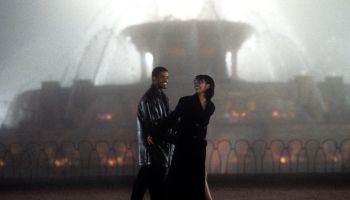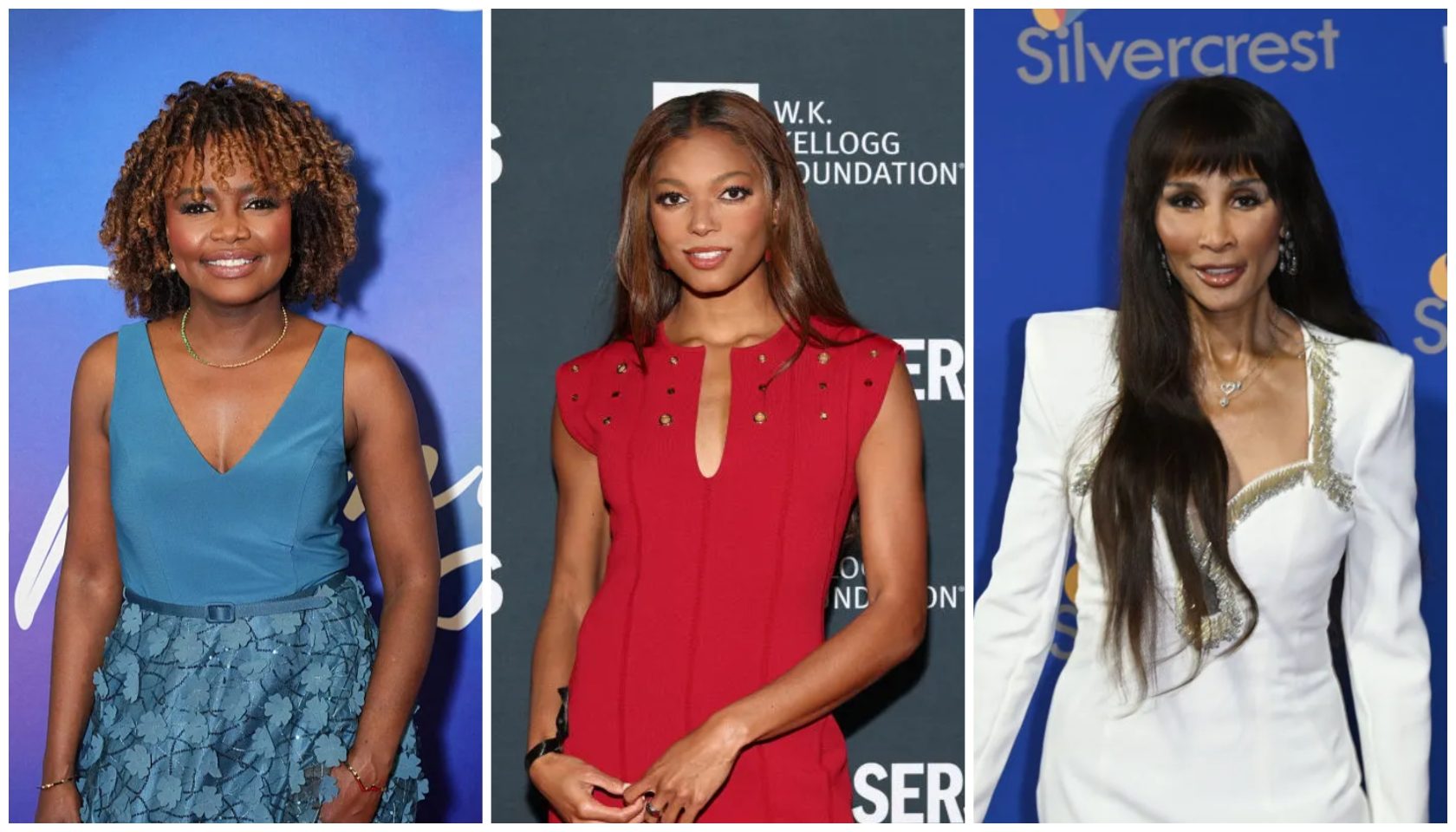The World Pays Tribute To Supreme Court Justice Ruth Bader Ginsburg
The World Pays Tribute To Supreme Court Justice Ruth Bader Ginsburg, Legal Trailblazer and Pop Icon
What We Need To Know:
How did so many come to respect, admire and even love a woman they never met? Supreme Court Justice Ruth Bader Ginsburg led a life to be respected, admired and loved-both on and off the bench. Many read her powerful opinions, often dissenting from the high court majority. Her opinions were not only read, but committed to memory and imprinted on the hearts of millions.
Most often, whether she appeared before the nation’s highest court, winning five of her six cases, or spoke from the bench of the Supreme Court, Ruth Bader Ginsburg spoke on behalf of those not fairly represented.
Her respect and admiration for her predecessors who served the voiceless is worth noting. Ginsburg was often called “the Thurgood Marshall of women’s rights,” even by the man who nominated her to the Supreme Court, President Clinton. But Justice Ginsburg understood the difference, pointing out,
“When Marshall was in a southern town, he didn’t know if he would be alive at the end of the day,” Ginsburg said. “My life was never in danger, so there’s an enormous difference.”
Years after the death of Justice Marshall, his voice was still being heard in her decisions in cases like Shelby County vs. Holder. In that 2013 decision, many legal scholars agreed that for all intents and purposes, the Supreme Court “gutted” the heart of the Voting Rights Act of 1965 by a 5-to-4 vote. Nine states, mostly in the South, were free to change their election laws without advance federal approval. In the majority opinion, Chief Justice John Roberts said that voting discrimination was no longer as severe as it was when the Voting Rights Act was first enacted in 1965. To which Justice Ginsburg responded, including a history lesson about the fight for voting rights for Black people, pointed out the absurdity of that reasoning, writing that “throwing out preclearance when it has worked and is continuing to work to stop discriminatory changes is like throwing away your umbrella in a rainstorm because you are not getting wet.”
Even in cases where she was a part of the majority, Justice Bader Ginsburg, had to remind her fellow justices they, “just don’t understand. “Justices ruled in a 2009 case that officials at an Arizona middle school violated the Constitution when they conducted a strip search of a 13-year-old girl suspected of having prescription-strength ibuprofen.
“At the oral argument in the case, Ginsburg’s male colleagues did not seem particularly troubled by the search. Justice Stephen Breyer, for example, observed that students had to strip down to their underwear to change for gym class. He asked, “How bad is this?” After the argument, in a burst of frankness, Ginsburg – who at the time was the only woman on the court – chastised the other justices, emphasizing that
‘(T)hey have never been a 13-year-old girl.’ ”
Not only was Justice Ginsburg lauded for her legal scholarship, her words were advanced to become a part of pop culture. In a PBS interview, the late great journalist Gwen Ifill, asked the justice how this pop icon was born:
GWEN IFILL: I want to start by — with a broader question than you even address in your book, which is, you’ve become something of a folk hero to some women. Did you see that coming?
RUTH BADER GINSBURG, U.S. Supreme Court: It is utterly amazing. Of course I didn’t see it coming. And it was all the creation of a second-year student, second-year law student, at NYU. It came about this way. She was reading a court’s decision that invalidated a very significant part of the Voting Rights Act of 1965. And she was angry. And then she remembered that I had said anger is a useless emotion. It doesn’t get you any place. Do something positive. So, she created this tumbler starting with my dissent, and then it took off into the wild blue yonder.
GWEN IFILL: You know, some people would say it’s about politics, but I wonder if it’s not also about your presence, your very existence on the court and the way that you write and the way that you sometimes take on your colleagues.
RUTH BADER GINSBURG: I would like to think so, but I certainly was given a tremendous boost into the public arena by the Notorious R.B.G. When I was asked about it, I said, well, it’s exactly right, because Notorious B.I.G. and I had something in common? You did? What? We were both born and bred in Brooklyn, New York.
This has been a year of incalculable loss-due to aging to illness to police brutality. But what we must take from this is what we have learned from these change makers. What we owe them is to the pursuit of more, of greater change.
What We Need To Know:
With early voting underway in several states, a new report indicates the state of North Carolina has rejected mail-in ballots from Black voters four times as often as from White voters. While still early, Black voters had a rejection rate of 4.7% of mail-in ballots compared to 1.1% of mail-in ballots of White voters. According to the website FiveThirtyEight, most of the rejected ballots were due to “mistakes made by the voter or the witness information was not filled out.”
The good news is that North Carolina has a process known as “vote curing,” where voters can be notified and still have time to complete a new ballot and cast a vote. Newsweek reports the American Civil Liberties Union (ACLU) of North Carolina is monitoring, but at this point, there is no evidence that Black voters have been targeted. It could simply be a matter of Black voters using mail-in ballots for the first time and not aware of all information that had to be completed.
Why We Need To Know:
In the 2018 midterm election, the ACLU of Florida reported that “mail-in ballots cast by Black, Hispanic and other racial minorities, were more than twice as likely to be rejected than those mailed by White voters.”
This early report of rejected mail- in ballots in the Republican-leaning state of North Carolina, bears watching. Although Donald Trump won the Tar Heel State in 2016, recent polls show a close 2020 race. One poll gives Joe Biden a 3% lead, a second gives Trump a 2% lead and a third poll puts the presidential candidates dead even.
FYI: Early in person voting is underway in Minnesota, South Dakota, Virginia and Wyoming. In-person absentee voting was put on hold in Pennsylvania due to ongoing litigation over whether the Green Party’s presidential and vice-presidential nominees would be allowed on ballots.















